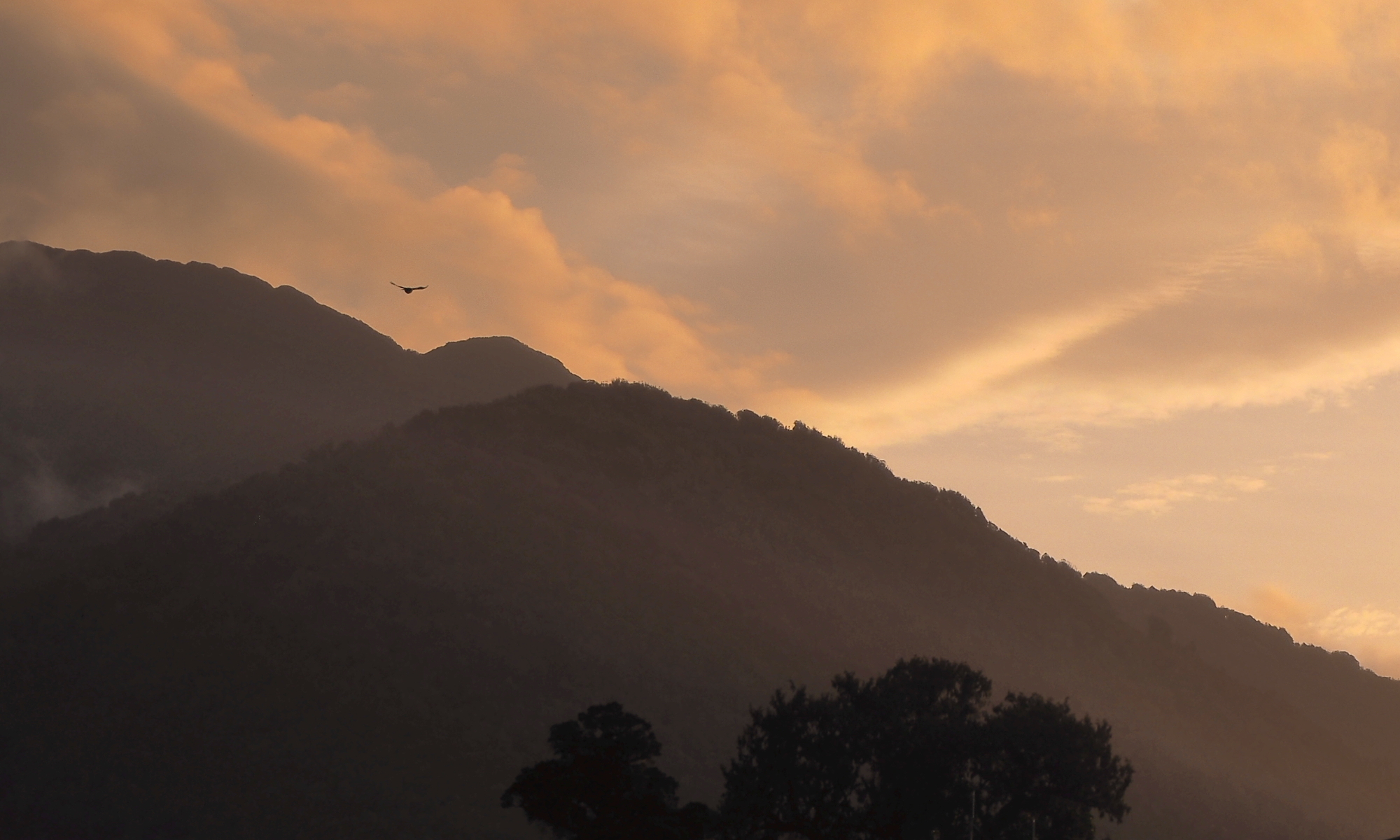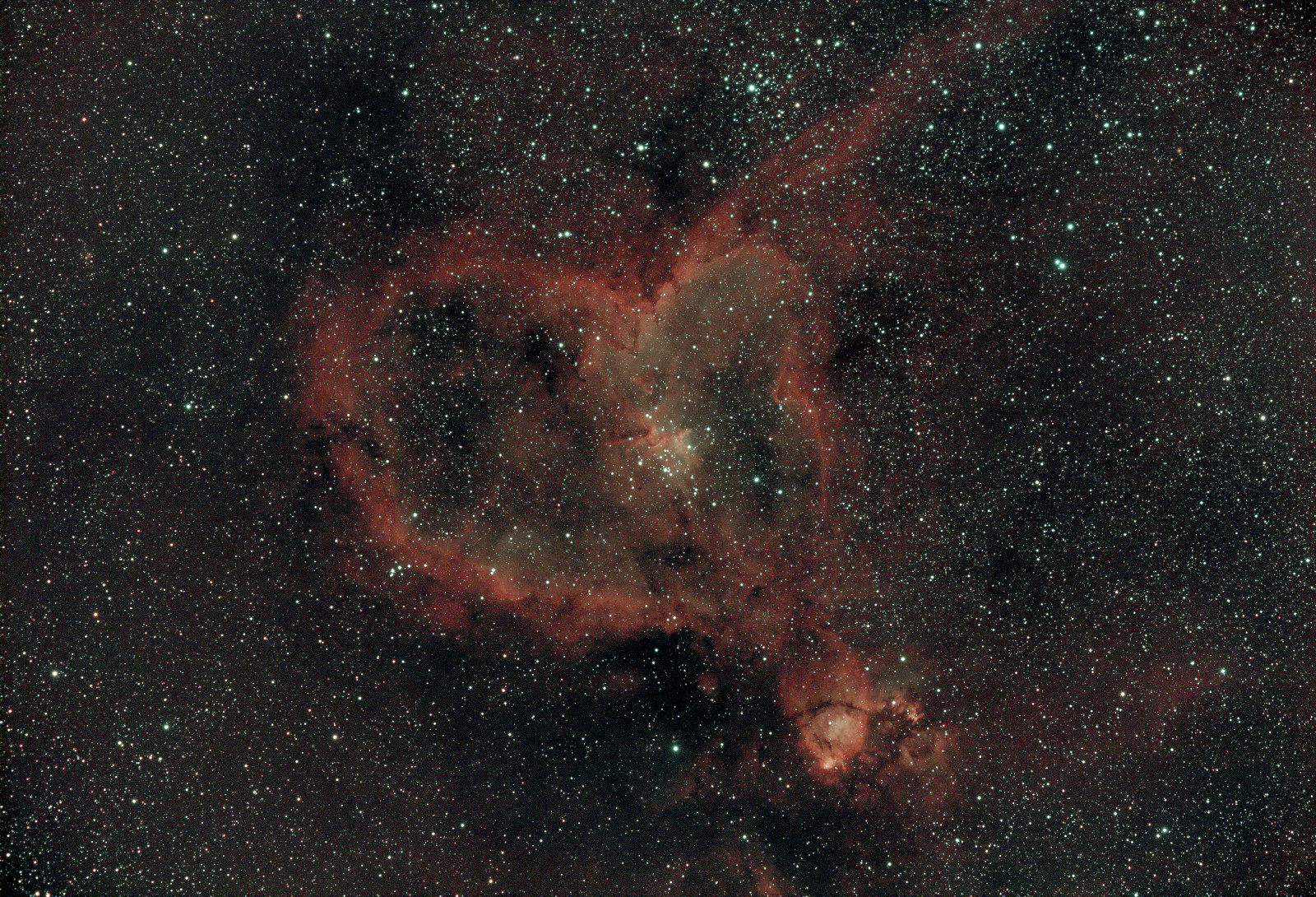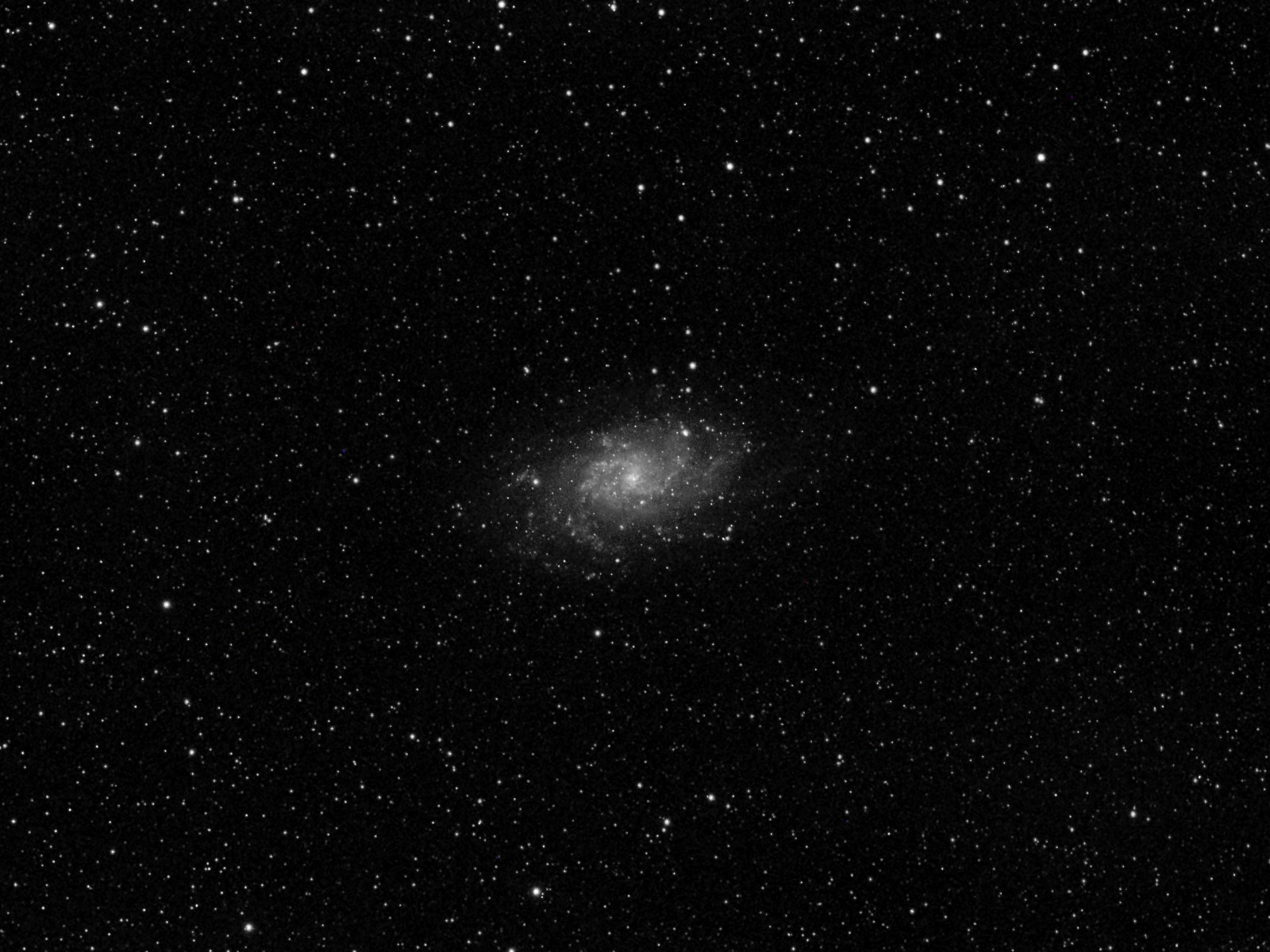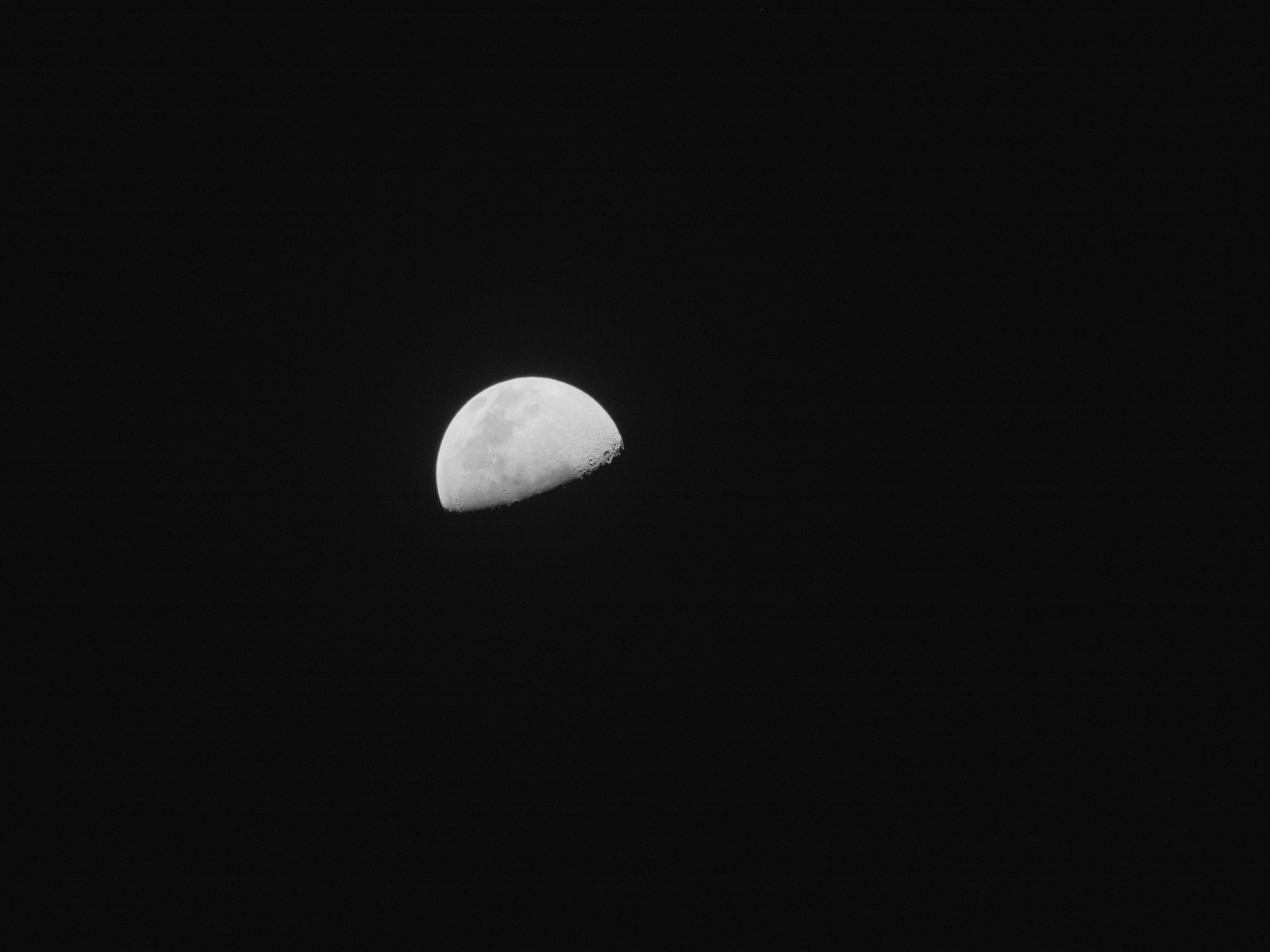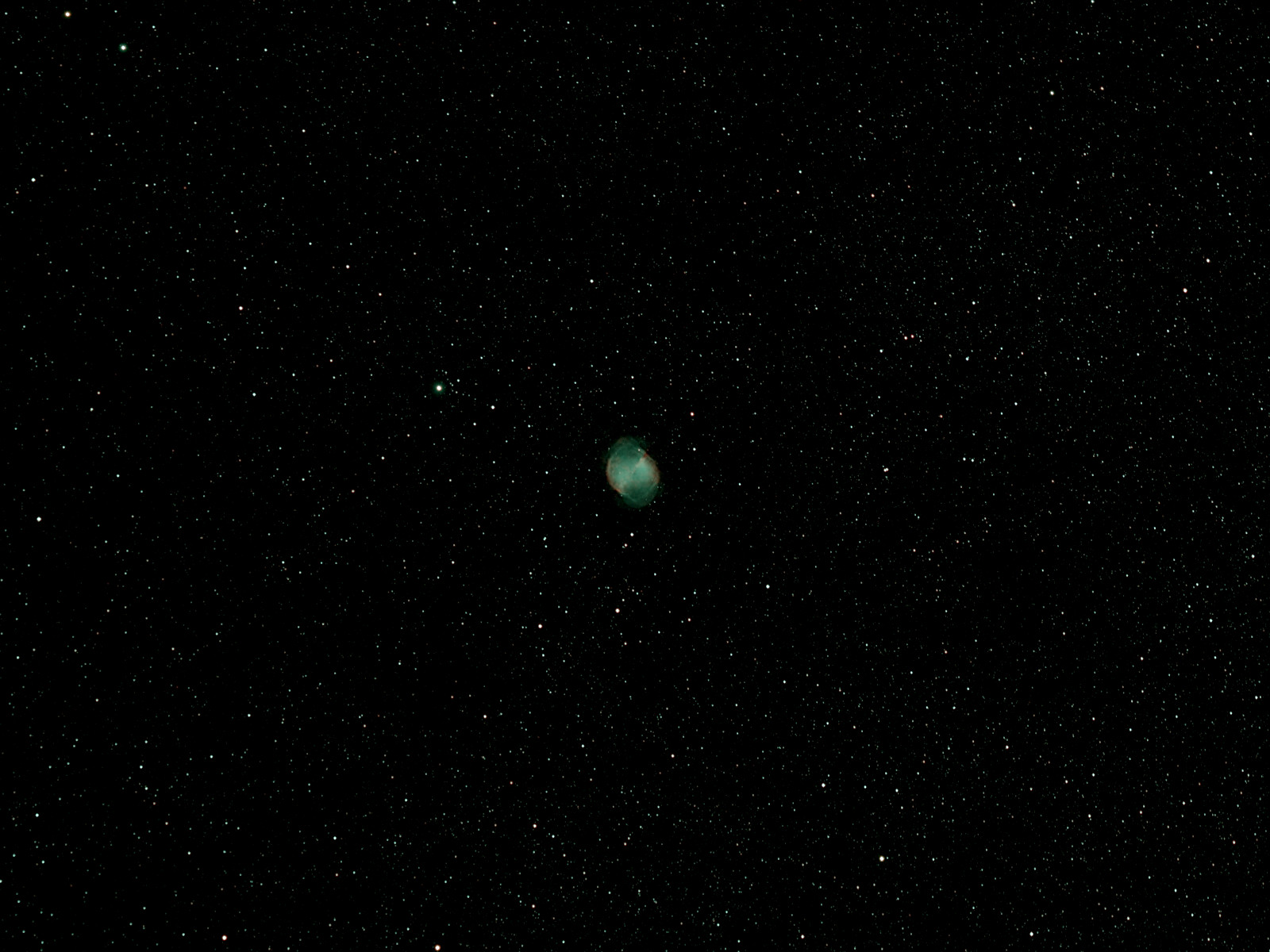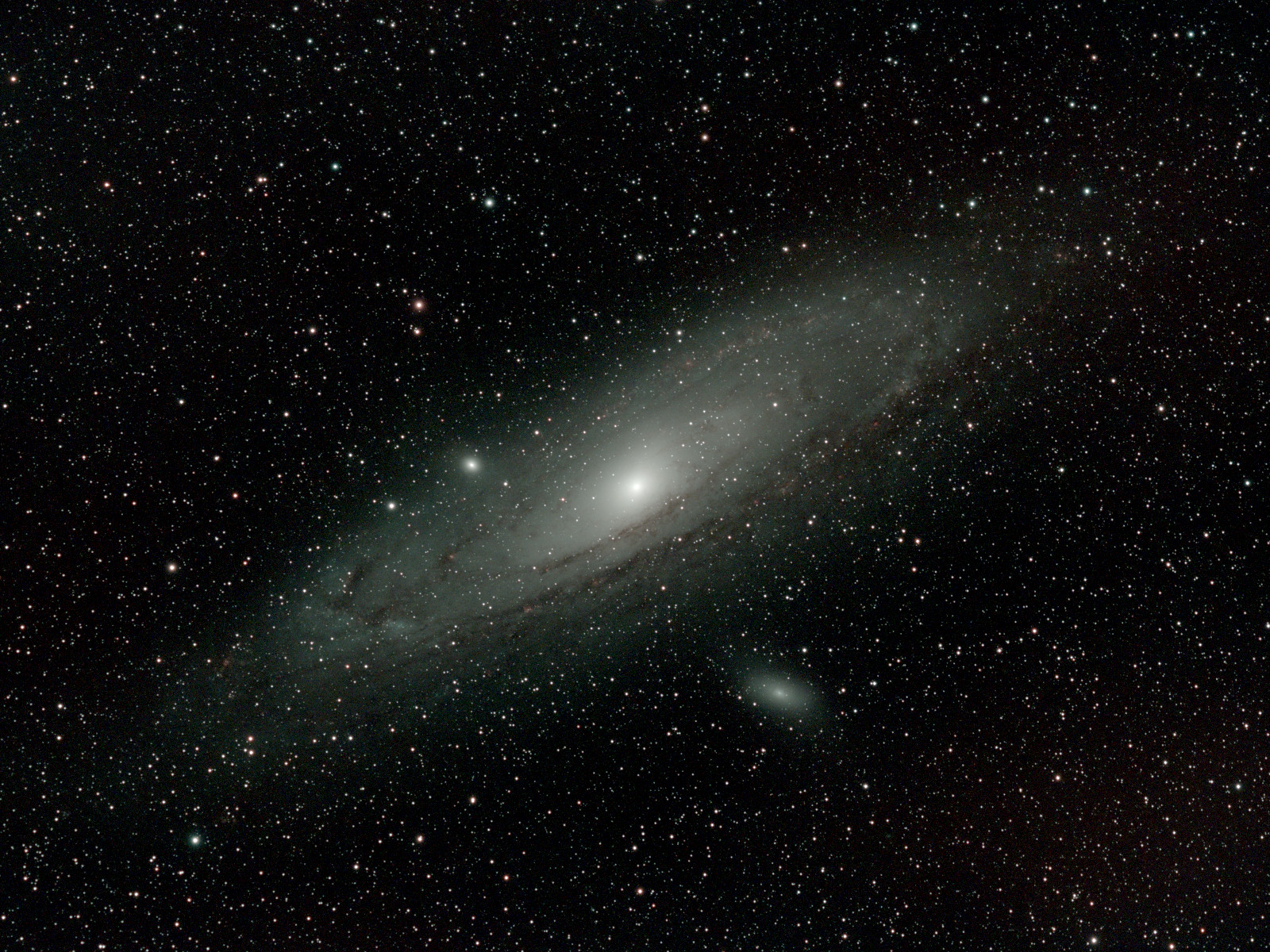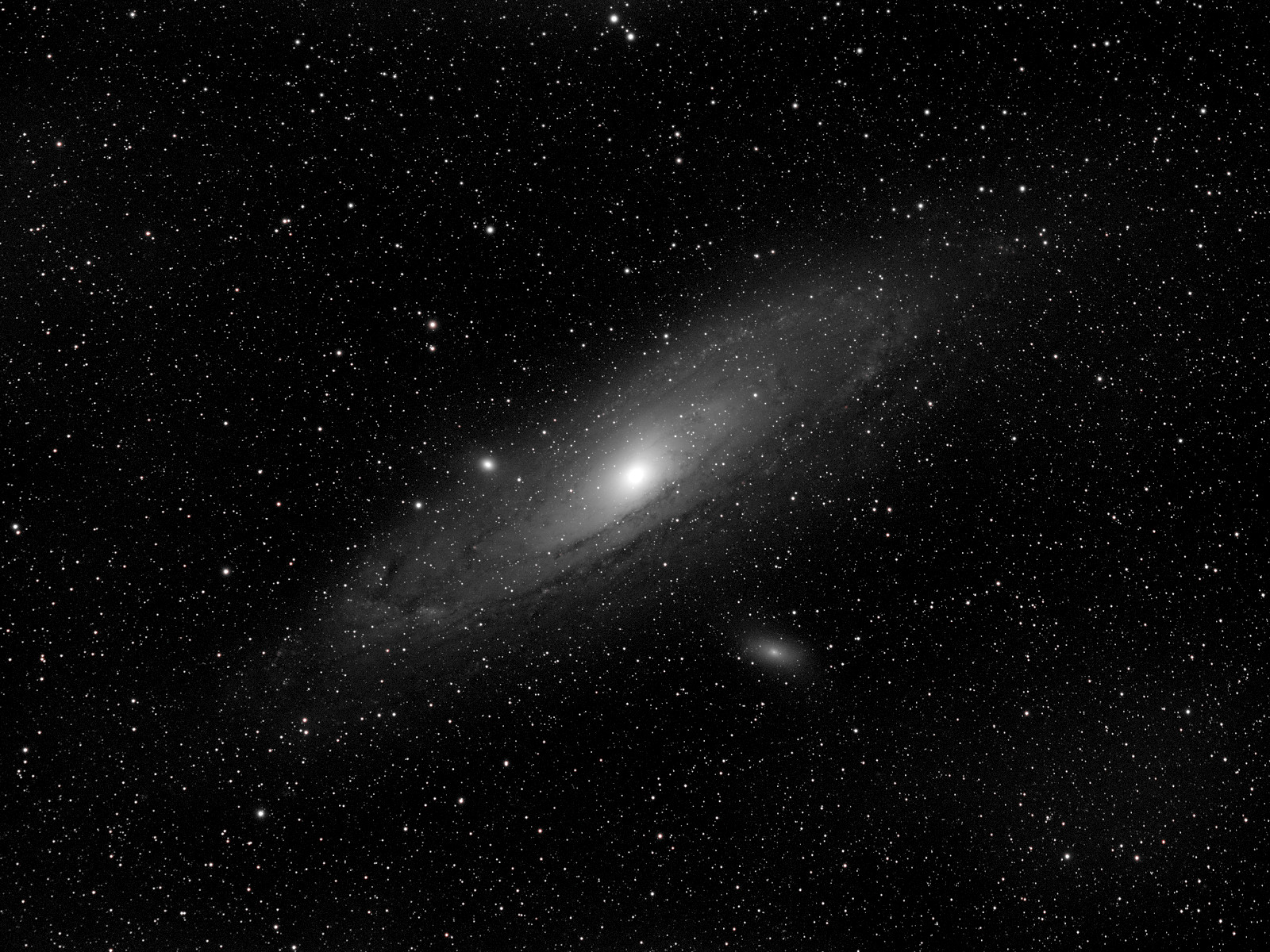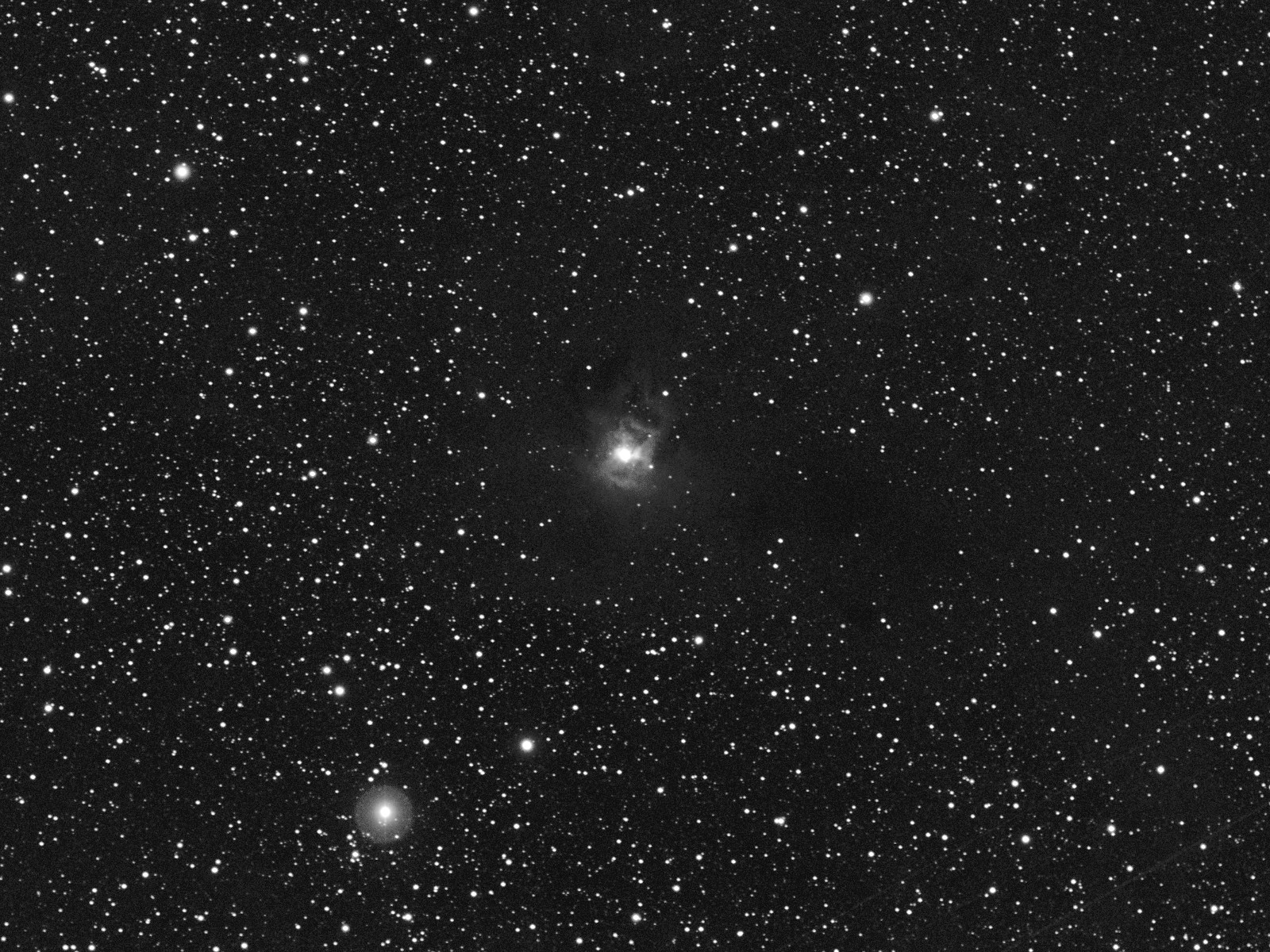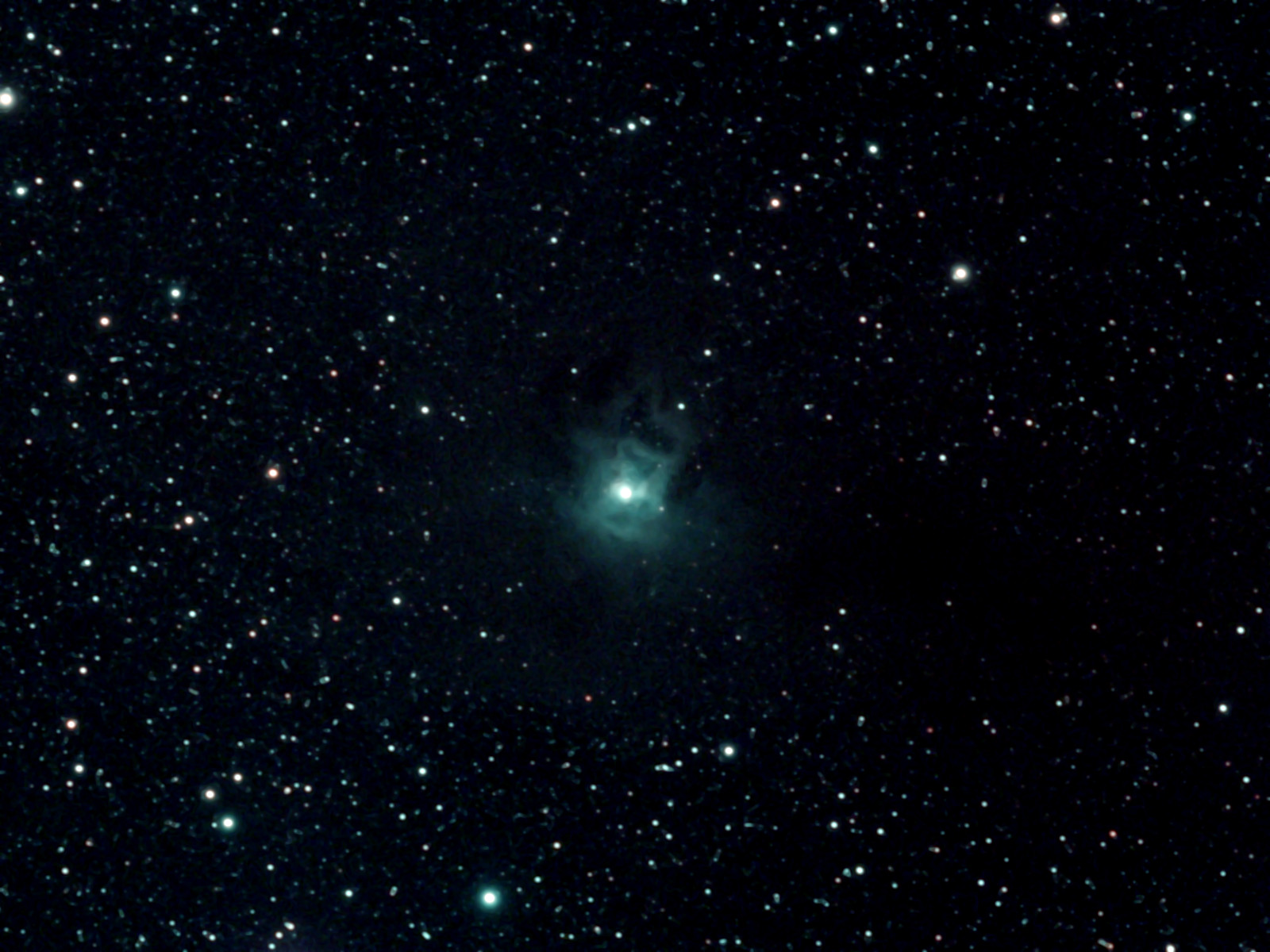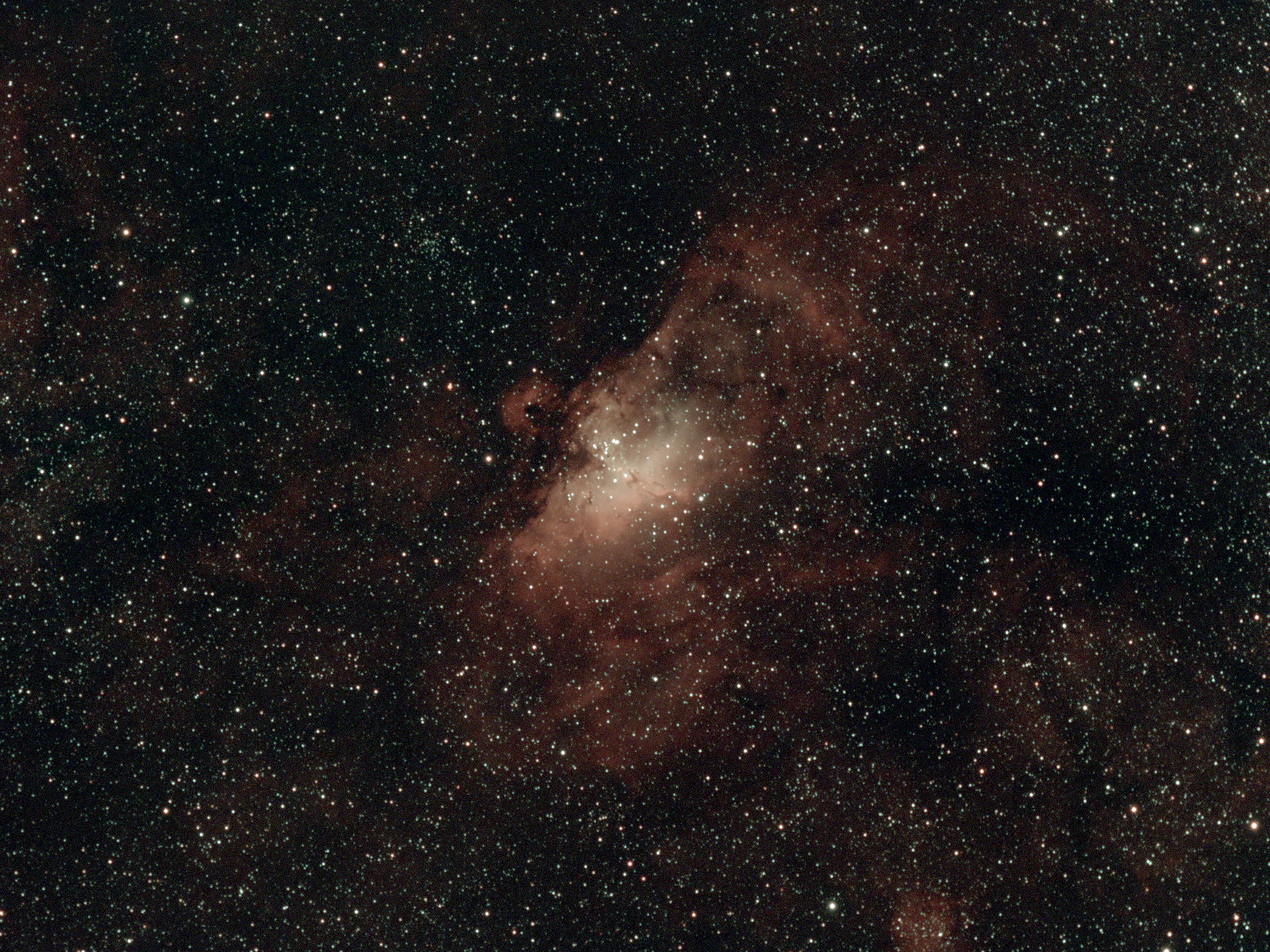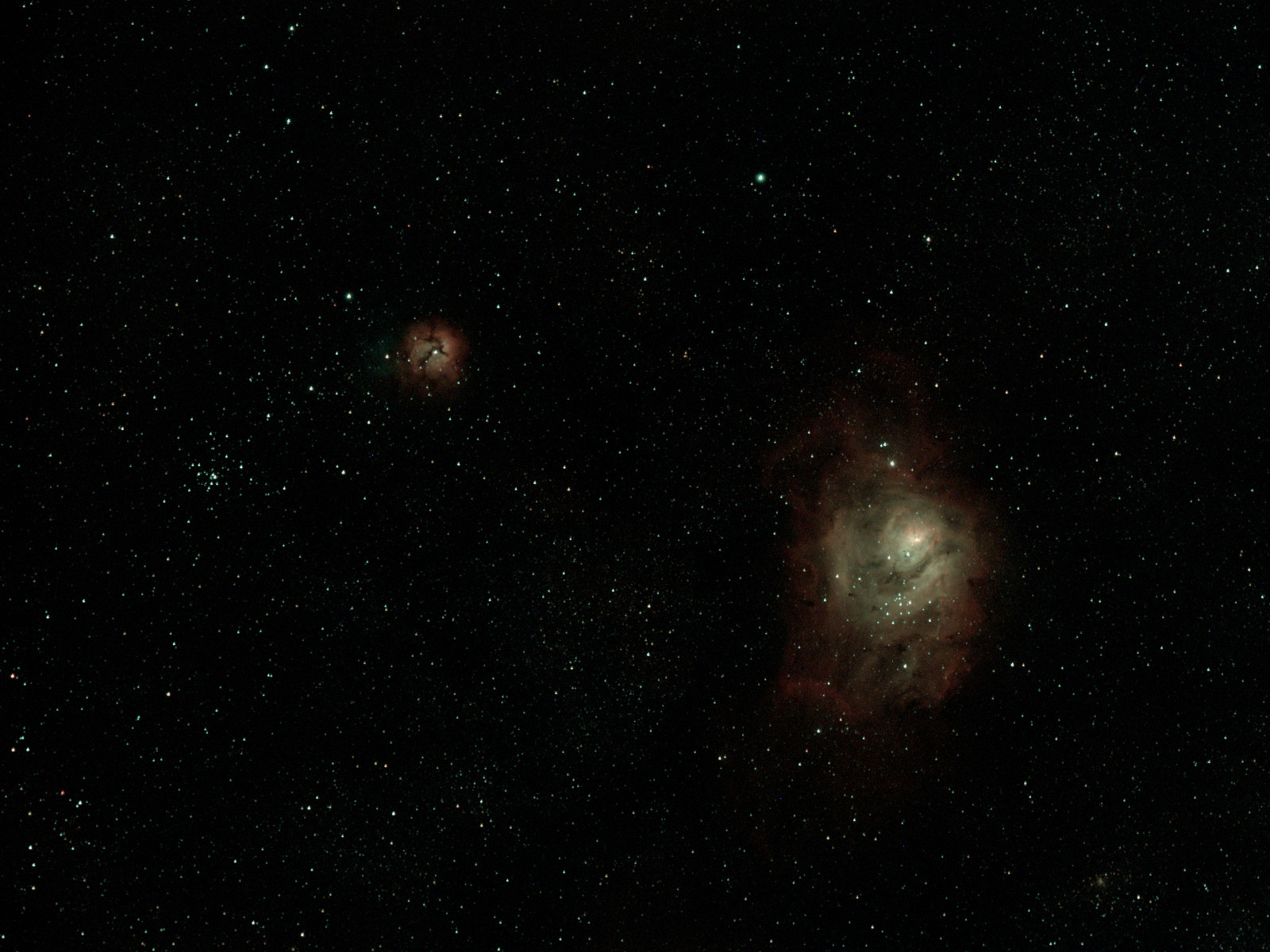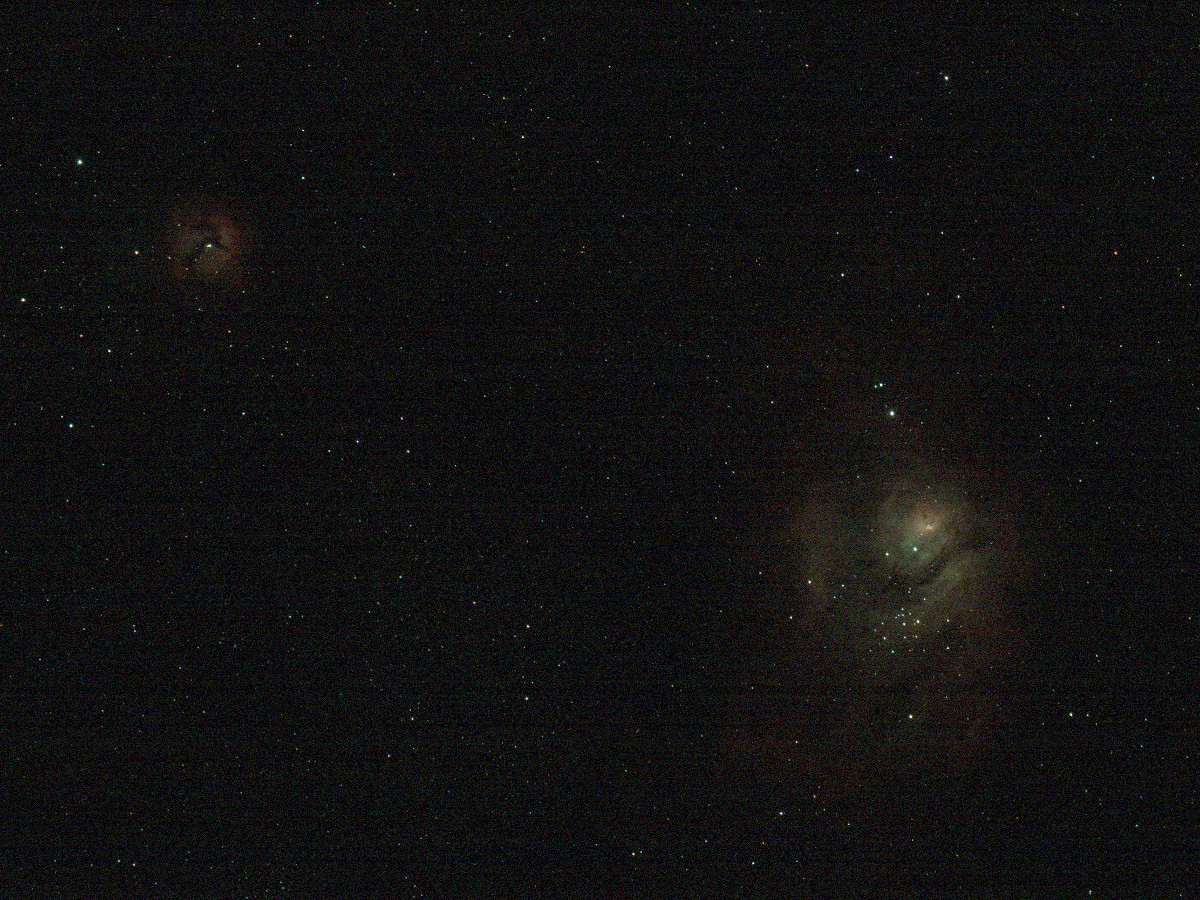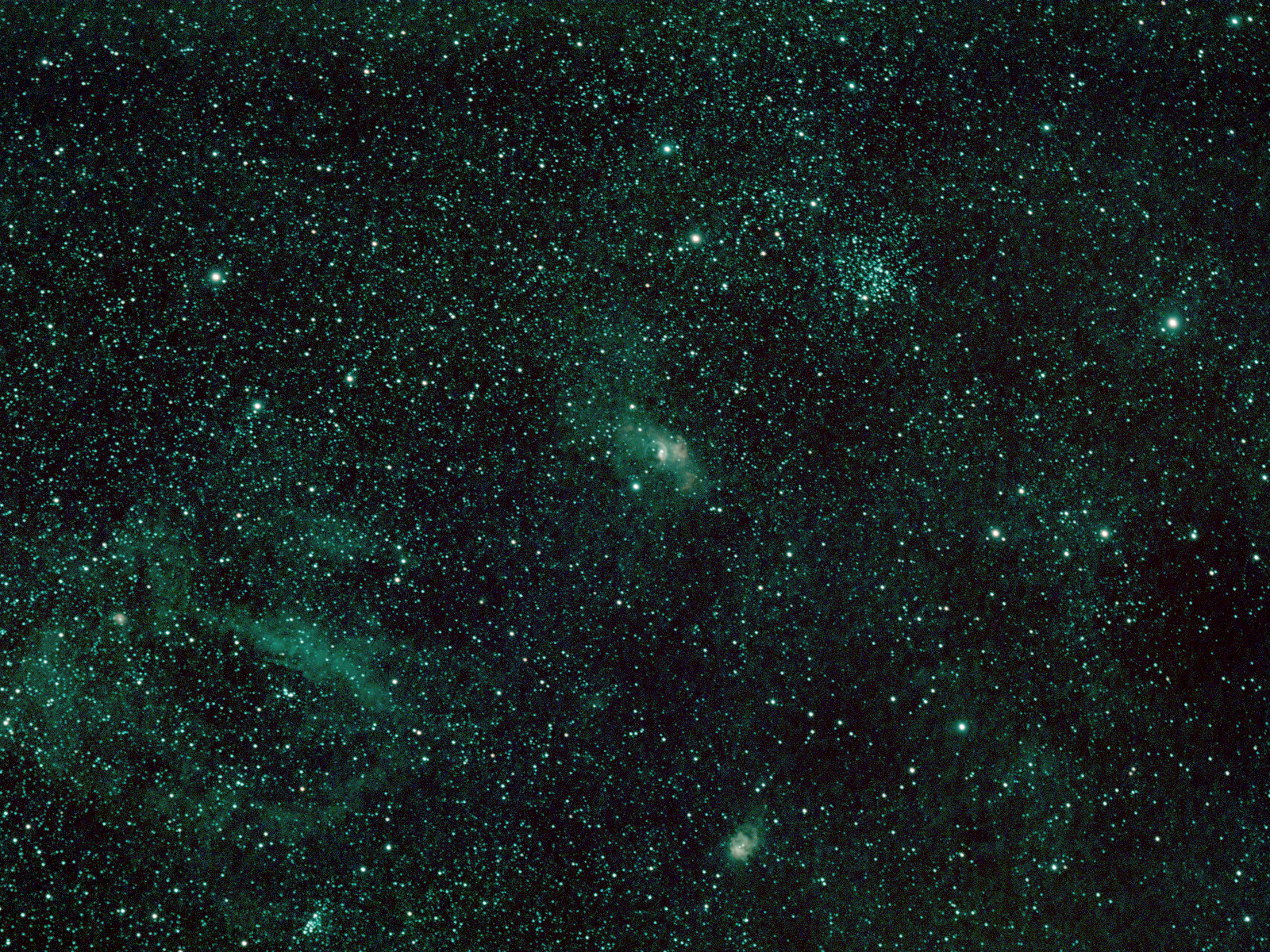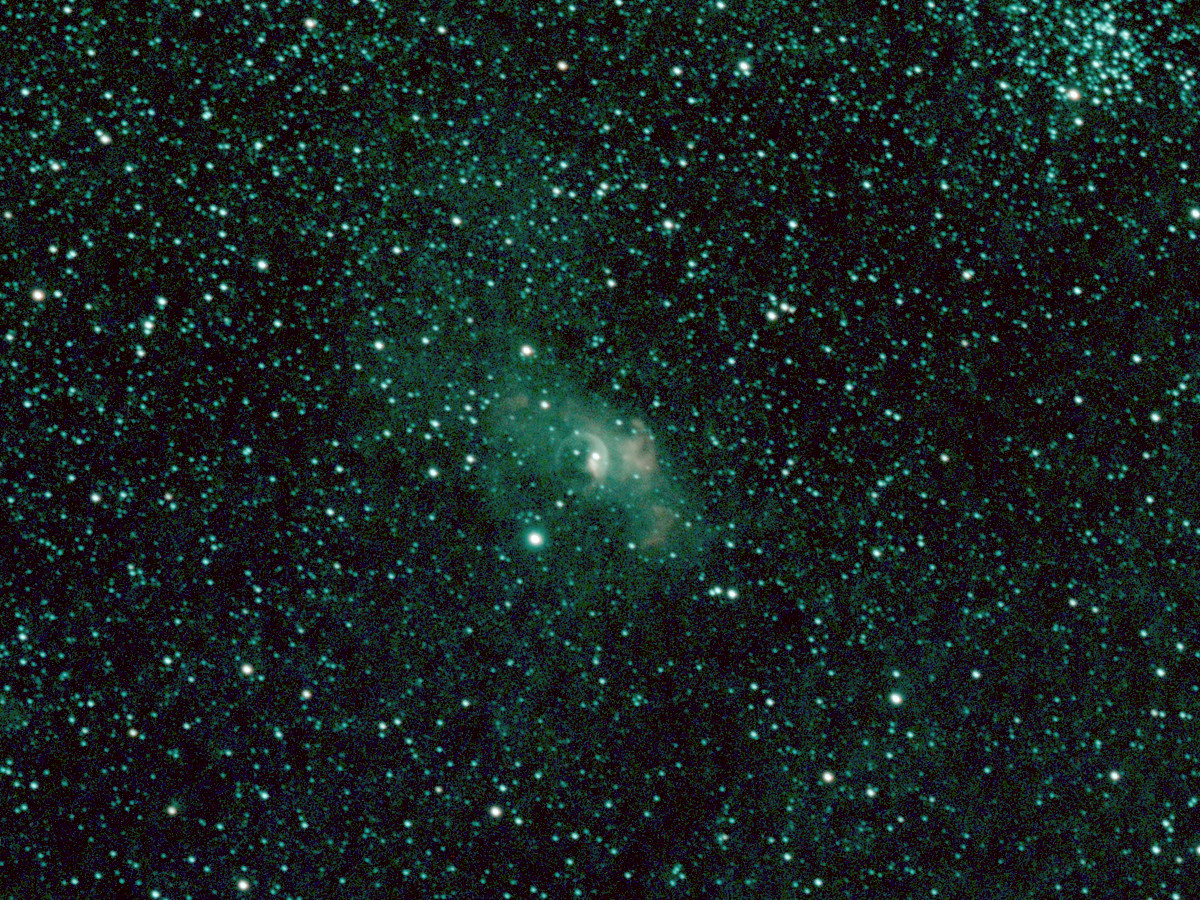IC 1805, known as the “Heart Nebula“. Also catalogued as “Sharpless 2-190”. Just above, out of view, is another nebula , IC 1848, known as the “Soul Nebula”. I’ll try that one soon. Perhaps I’ll try to construct a mosaic.
Another galaxy, another Messier object
This is M33, the “Triangulum Galaxy”.
Very very roughly, given all the uncertainties about the size of your screen and how close you are, this view is about not too far from naked eye size.
Here’s an image of the moon with the same equipment, same magnification:
About the view you would get through binoculars.
The moon is half a degree wide; M33 is a little over one degree, but that includes dim reaches that don’t show in the photograph above.
I posted a picture of the Andromeda galaxy a few days ago at the same scale. It is much larger, about three degrees wide. (Most of the astrographs I post are with the same tiny 61mm telescope and camera, so the scale for all of them is similar. )
The sky goes on forever, and it is littered with amazing giant things, only slightly hidden from us.
Dumbbell Nebula
M31
I tried a fairly major software change on my imaging setup, but it was a failure. — I couldn’t make it work. Even worse, the tracking software several times ran the telescope into the tripod and ground the gears in the mount in a very frightening way. So I went back to the previous setup. Fortunately, the Andromeda Galaxy is now visible, and I was able to get a nice image, to prove that things were still working. Everyone has seen this a million times, but it never gets old:
Edit: here’s an improved version of the above image — more exposures, better processing. Barely noticeable at mobile device scale, but full size you can see the difference…
Iris Nebula, plus a strange artifact…
The Iris Nebula, NGC 7023
Constructed from about 15 images. The Iris Nebula appears to be an enormous cloud of dark dust, partially illuminated by the bright star in the center. A messy, dirty explosion of some kind… The “artifact” is the star in the lower left — I don’t know why it alone is surrounded by a perfectly circular halo. I think it is T Cephei.
(The Wikipedia article on T Cephei, incidentally, has an absolutely stunning huge image of the region around NGC 7023 — well worth staring at for a while.)
Here’s a second image, with more data and further processing. The artifact was still there, but I cropped it out to expand the nebula:
This image is a stack of 34 frames — several hours total exposure time. A little robotic telescope mindlessly doing its thing…
Wildfires are raging a couple hundred miles to the Northeast. That thought keeps intruding. COVID-19 is sneaking around, touching people, and killing some of them. I think about that too. 1300 light years away, six light years across. About half the diameter of the moon…
M13, the globular cluster in Hercules
There’s a barely discernible distant spiral galaxy, NGC 6207, a little to the left and down.
Eagle Nebula, and the “Pillars of Creation”
I guess it does look like an eagle, sort of. This is the site of the famous “Pillars of Creation” image taken by the Hubble. It’s a bit hard to see; here is a closer crop of the above image;
This one is rotated to match the Hubble image…
A more detailed view of the Lagoon Nebula
Nope, it’s the Lagoon Nebula
This is not the Rosette Nebula, as I first stated. Instead, it is the Lagoon and Triffid Nebulae — got my wires crossed. This image is a 300 second single exposure. The color is somewhat arbitrary…
I also took several 1 second shots trying to frame things; for grins I stacked them and you can see the result below. It’s interesting because to me it looks more like a painting than a photograph. But 1 second exposures…
The Bubble Nebula (NGC 7635)
NGC 7635 is actually a rather small object, less than a quarter degree across. My imaging setup has a field of view of 4×2.72 degrees, and the object is a little above the center. The open cluster in the upper right quadrant is M52.
Below is a closer crop of the above image, showing the perfectly circular “bubble” in the center.
As counterpoint, here’s an exquisite image from the Hubble.
This image is a stack of about 30 10 minute exposures, taken over two nights.
